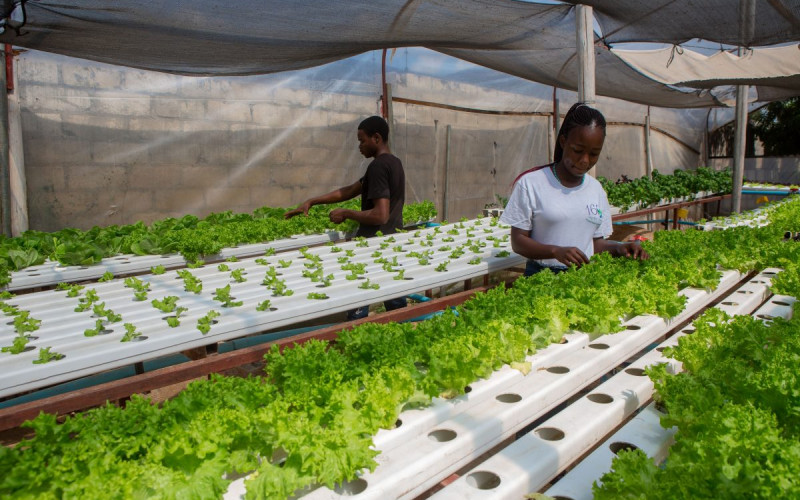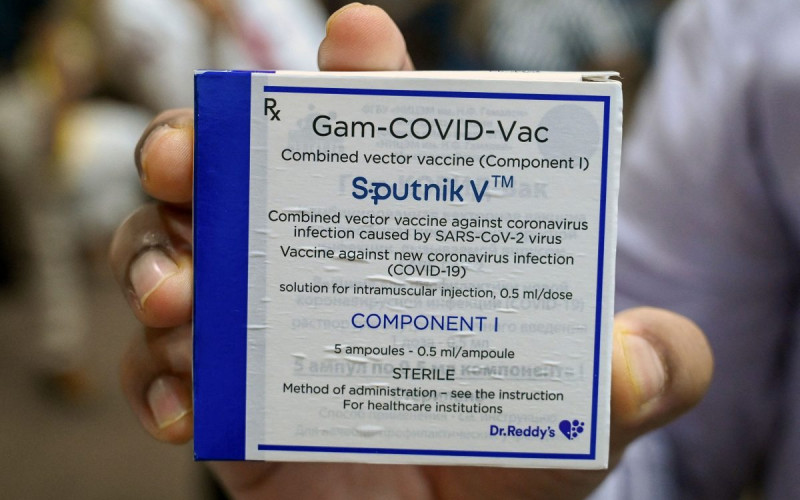The fastest-growing strain is known as HIV-1, subtype C. This version is the most common throughout southern and eastern Africa, as well as much of Asia, including India and Nepal. But to date, much research on HIV has been conducted on another subtype, subtype B, which historically was the predominant subtype in Europe, the Americas, Japan and Australia. As a result, most of the antiretroviral drug regimens developed to stem HIV were designed for use against subtype B in Western countries.
‘In the West, the conditions for doing research may be ideal, but the applicability may not be relevant to the situation on the ground in developing countries,’ said Thumbi Ndung’u, laboratory director at the Botswana-Harvard AIDS Institute Partnership for HIV Research and Education (BHP) in Gaborone. ‘When this kind of research is done here [in Africa], the implications for public health are enormous, because they’re actually being tested in an area with significant rates of HIV infection.’
BHP is one of a few efforts in Africa to command leading research on the virus that has so dramatically debilitated the continent. Other projects include Uganda’s Joint Clinical Research Centre in Kampala and the East Africa office of the International AIDS Vaccine Initiative in Nairobi.
BHP’s undertaking began in 1996 as a research and training collaboration between the Botswana government and the Harvard AIDS Institute. Five years later, the project opened a state-of-the art laboratory in central Gaborone. Here, the local and international staff conducts epidemiological and laboratory research on various aspects of the virus, including the prevention of mother-to-child transmission (PMTCT) and the genetic components of HIV-1, subtype C.
Vaccine development is also a focus area for BHP. This initiative includes a number of investigations, including a Phase I safety trial on an experimental HIV vaccine candidate, as well as a vaccine preparedness study to determine the feasibility a large Phase II trial in Botswana.
‘We believe ultimately a vaccine will be used to stop the spread of the virus,’ said Ndung’u. ‘So we’re trying to understand the body’s immune system’s response to the virus.’
Another objective of BHP is the investigation of the efficacy of Western drugs and patterns of drug resistance in subtype C.
‘Some of the research we’re doing is pretty cutting edge. For example, we’re looking at vaccine design questions, exploration of immune response,’ said Ndung’u. ‘Those kinds of things have universal applicability.’
Human resources capacity-building is also a major component of BHP’s operations in Gaborone. Through its KITSO AIDS Training Program, local health care professionals augment their clinical exposure to HIV and AIDS through a collaboratively-developed curriculum. In addition, the facility itself provides important infrastructure needed to train the nation’s future researchers and scientists.
Ndung’u said some of the methods employed by BHP researchers are particularly innovative, especially in the exploration of minor drug-resistant variants of HIV.
‘Those kind of things haven’t been studied anywhere in the world,’ he said. ‘The lessons that we learn can be widely applicable to other developing countries where HIV may be a major burden on the population.’







